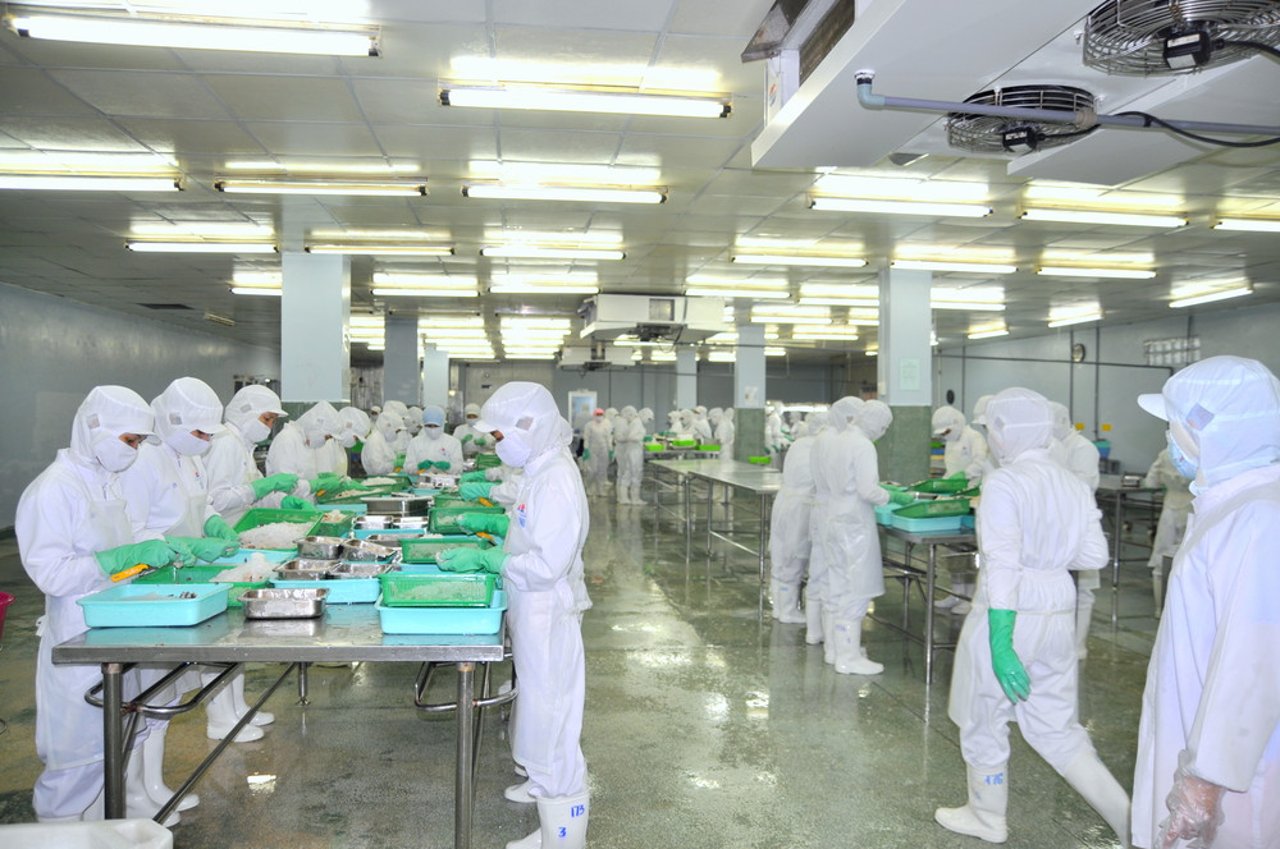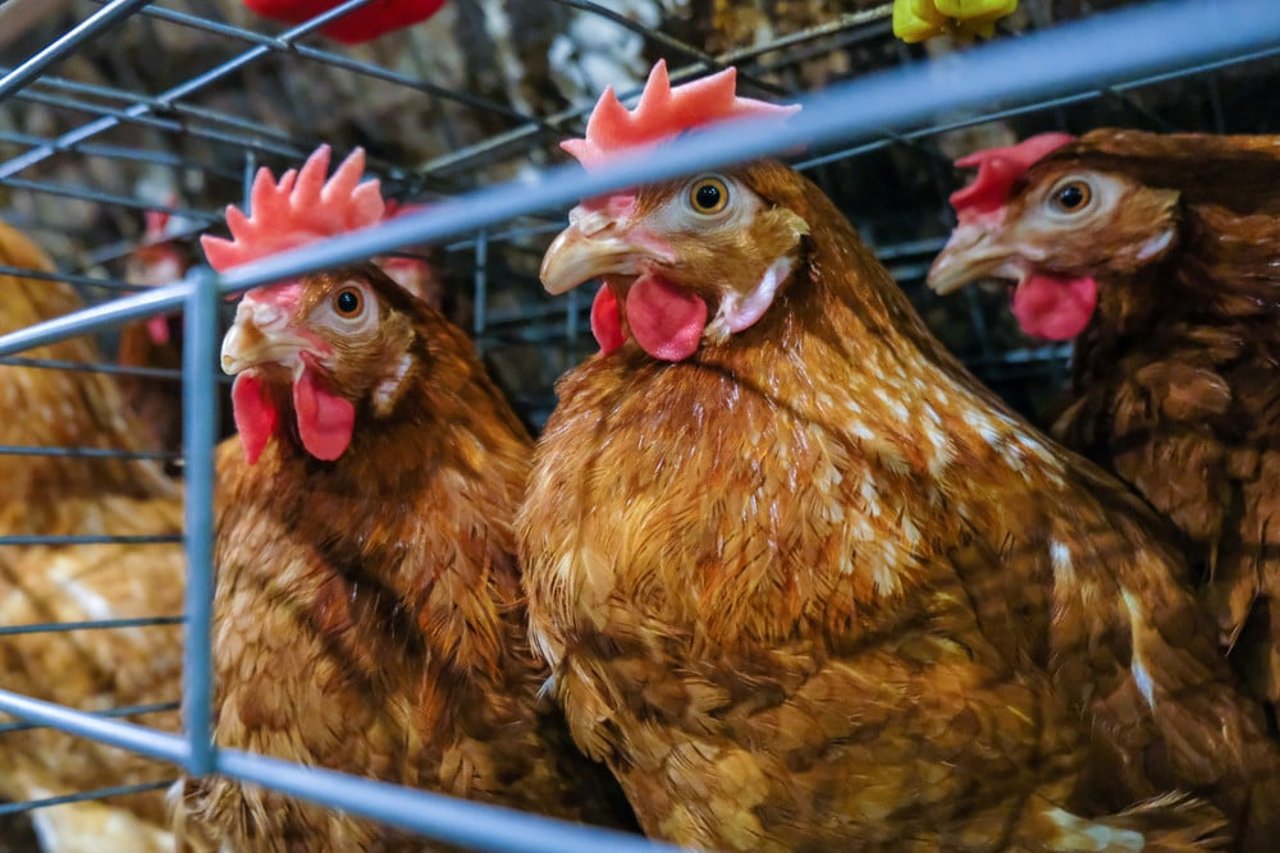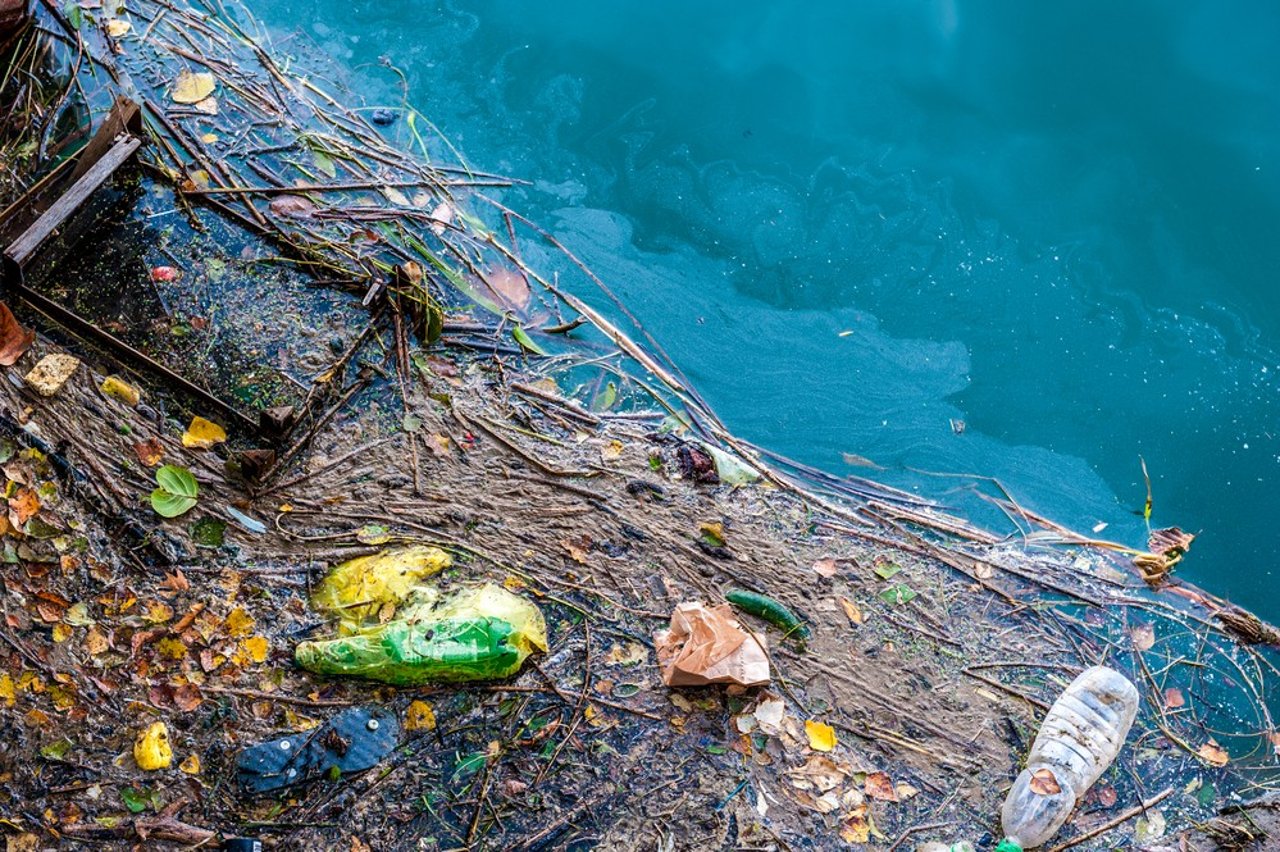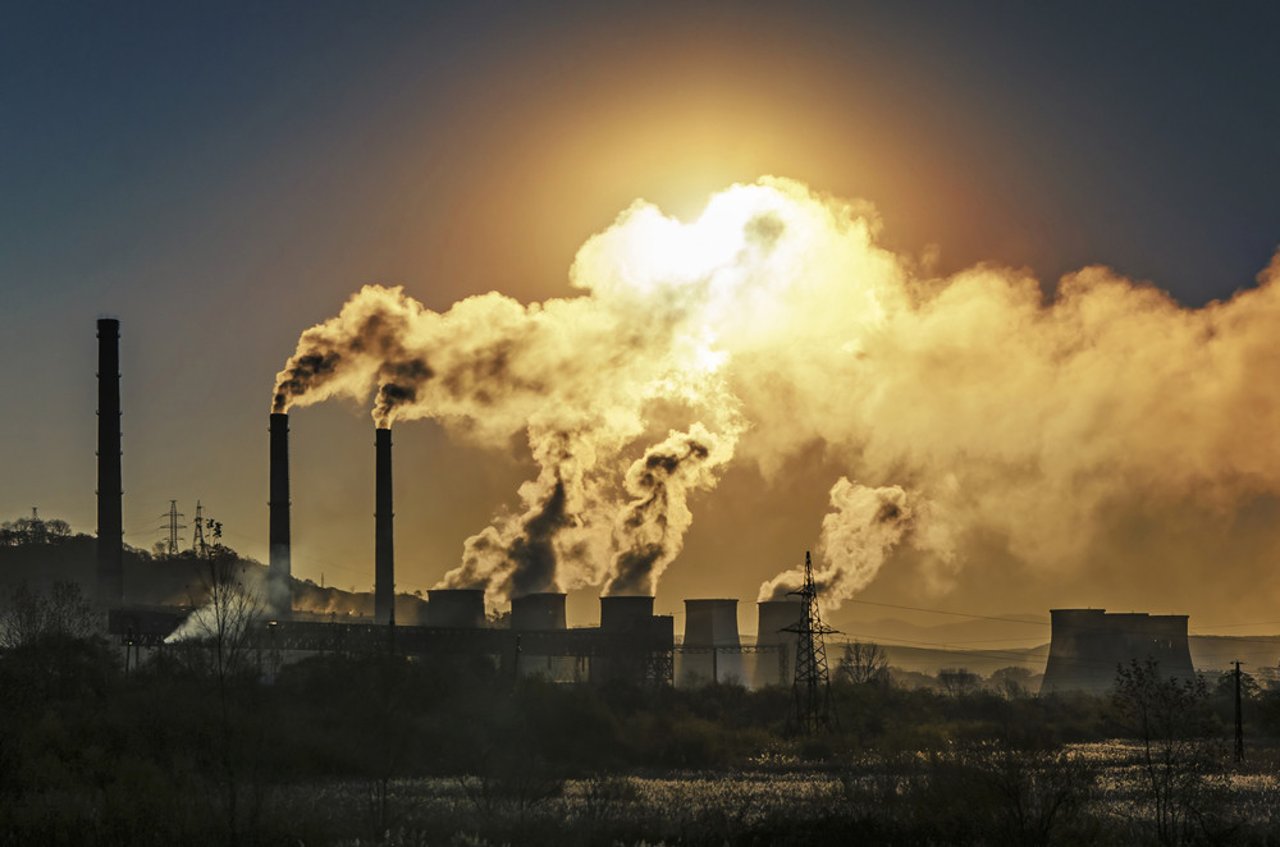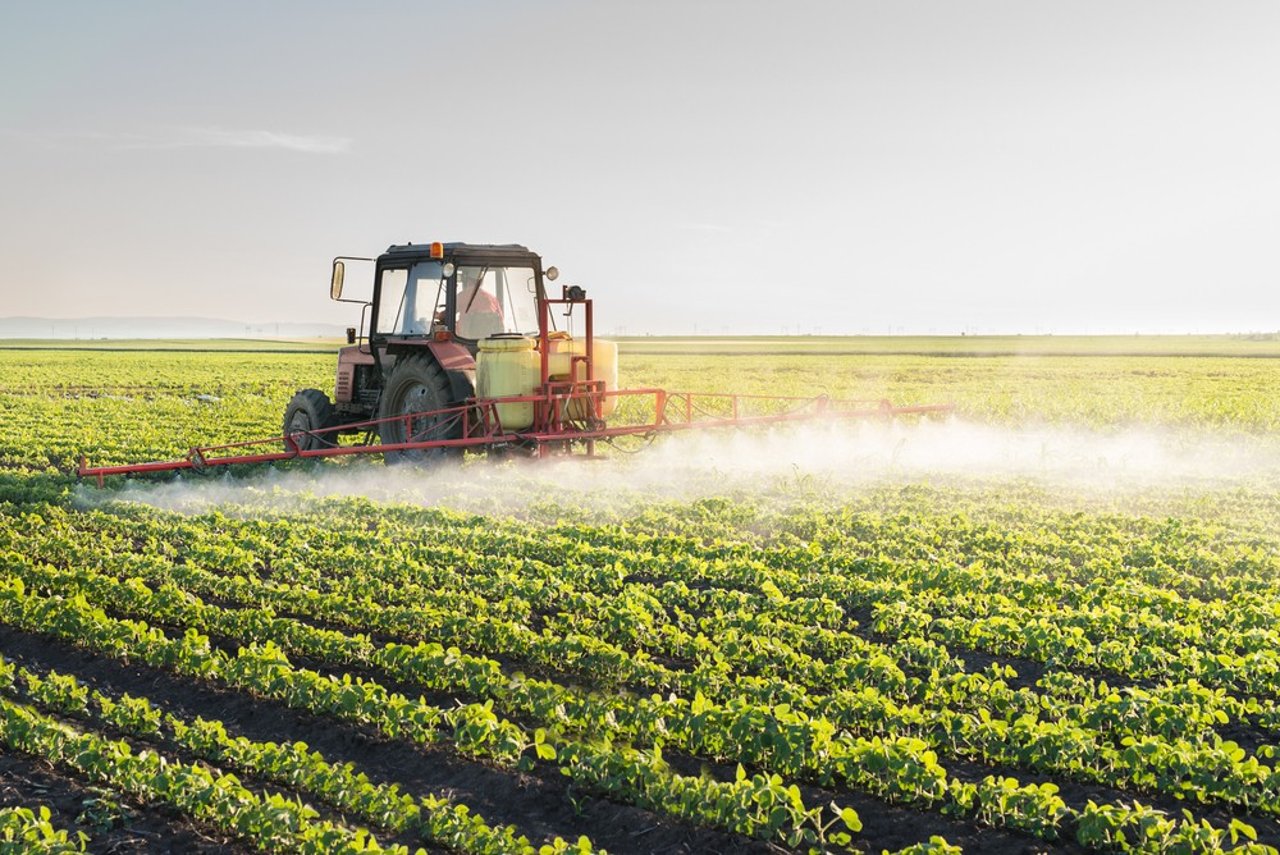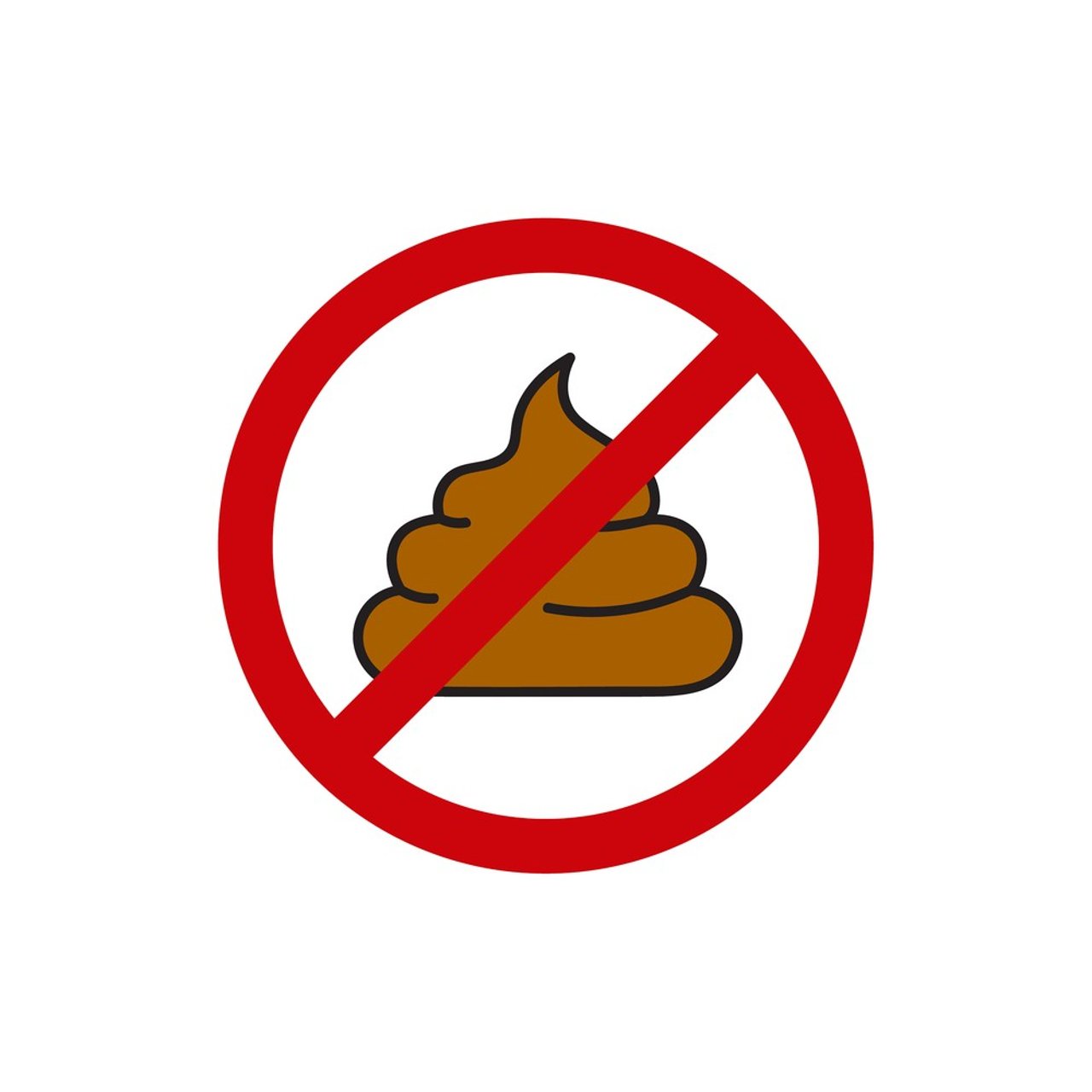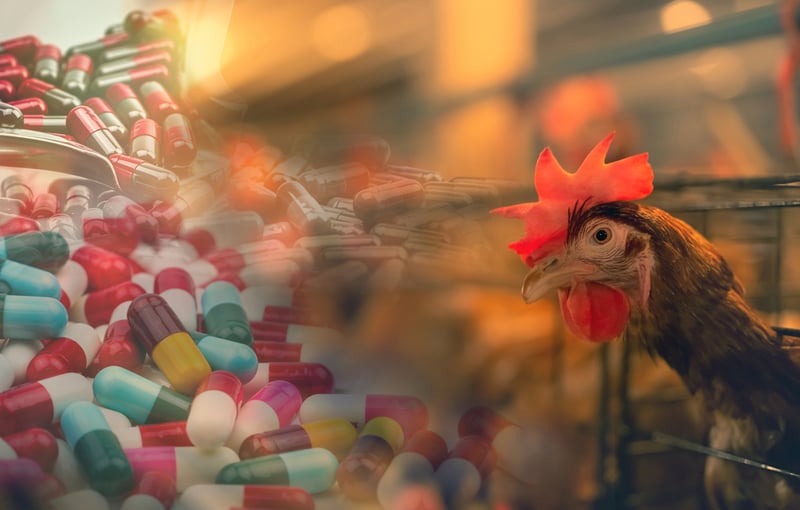
You may have heard the word antibiotic, and it’s the medicine that doctors prescribe when you are sick or have an infection. So, how medicine became pollution?
Antibiotic pollution occurs when there are greater levels of antibiotics in the environment as a result of abusive and indiscriminate use of antibiotics.
How many antibiotics are produced?
There are no accurate data available on how many antibiotics are produced worldwide. Still, scientists used regression models and estimated the production of antibiotics in 2017 to be 93,309 tonnes, and global sales are expected to rise by 11.5% in 2030 to 104,079 tonnes. The global market size was valued at 40.7 billion dollars in 2020. The market size of antibiotics in India is approximately 16000 crores. [i]Around 80 to 90% of the world’s antibiotics are made in factories in India and China. So we can assume how many antibiotics are being produced in India. However, 80% of antibiotics that are produced are used in animal farming globally. India is the 4th largest sales in the use of antibiotics in animals.[ii]
Where is the pollution coming from?
1) Animal farming
Most of antibiotics are used as growth promoters and prophylaxis in animal feed, as the regular use of antibiotics in animal farming led to antibiotic resistance in animals. The poultry and cattle industry is one of the largest farming industry in India, where the cases of blatantly using antibiotics is also high. Approximately 75% of the antimicrobials/antibiotics are not absorbed by animals and are excreted throughout the body from urine or faeces, then it goes into the sewage system/waterbodies/soil and contaminates the environment.[iii]
Antimicrobials/antibiotics are also heavily used in the aquaculture industry. Since bacteria are more prevalent in freshwater aquaculture systems. They are likely to develop antimicrobial resistance in freshwater.
2) Hospital waste
Many studies have been documented on lakes/rivers polluted by antibiotics residues such as ciprofloxacin, cetirizine, sulfamethoxazole, enoxacin and many more which interfere with the natural microbiota of rivers and induce resistance in microbes. The groundwater and surface water which is used for drinking and other purposes shows 17% of E.coli resistant to third-generation cephalosporin in central India 7% in north India and 100 % resistance to E.coli in south India.[iv]
3) Pharmaceutical Industries
Antibiotic concentrations in effluents from locations where antibiotics are synthesized can go quite high. 45 kg of ciprofloxacin were discharged into the surrounding river per day at one wastewater treatment facility in India that receive waste from about 90 pharmaceutical companies. In addition to the apparent dangers of high antibiotic concentrations' harmful effects on living organisms, it was found that resistance genes were more prevalent in river sediments.[v]
The direct expulsion of untreated effluents from pharma companies and other industries leads to the second highest concentration of Anti-diabetic Active Pharmaceutical Ingredients (APIs) in the world.
4) In Agriculture
In some regions of India, crops are routinely treated with antibiotics, which increases the problem of antibiotic resistance.
Farmers of Delhi admitted that they are using antibiotics spray far too often in crops to prevent infection, antibiotics slough off via rainfall or water irrigation in the waterbodies and contaminate surface water and rivers.[vi]
5) In Human Excreta
Humans consume antibiotics in excessive amounts, without understanding the side effects to them as well as our surroundings. Since antibiotics are not absorbed fully by human bodies and most of it expelled in sewage and eventually lead into rivers and lakes where bacteria could easily exchange their genetic material. Because of this more resistant species of bacteria are developing.[vii]
To sum it up
The antibiotics residue coming from animal farm industries, hospital waste and pharma companies eventually find its way into the human and animal food chain by seeping into waterbodies and soils and led to antibiotic pollution that further causes antimicrobial resistance (AMR) led to 4.95 million deaths in 2019. According to a 2019 UN report, resistant pathogens could be killing 10 million people annually by 2050.[viii]
What can I do?
Sign the petition to demand an end to the routine use of antibiotics in intensive farming and end the superbugs!
Conclusion
Antibiotic pollution is a real problem which is leading to a silent pandemic called antimicrobial resistance.
Its seeping in our system because of our negligence towards low welfare farming systems which are the breeding grounds for diseases like AMR. Hence, raise your voice towards better life of yours, our animals and the planet.
References and Sources:
[ii] https://www.mdpi.com/2079-6382/9/12/918/htmhttps://www.business-standard.com/article/companies/wockhardt-becomes-first-indian-company-to-get-nod-for-novel-antibiotics-120011600612_1.html#:~:text=The%20size%20of%20Indian%20Antibiotic,of%20the%20Indian%20Pharmaceutical%20Market.
[iii] https://www.frontiersin.org/articles/10.3389/fmicb.2022.822689/full
[iv] https://cddep.org/wp-content/uploads/2017/11/scoping-report-on-antimicrobial-resistance-in-india.pdf
[vii] https://www3.weforum.org/docs/WEF_The_costs_and_risks_of_AMR_water_pollution_2021.pdf
Vikash Kumar works as a Research Intern for Animals in Farming at World Animal Protection India. Through his Dissertation “Antidiabetic Bioactive Peptides : Insilico approaches to study Antidiabetic Bioactive Peptides he made an attempt to develop an anti-diabetic peptide database by using machine learning techniques(SVM). Being an environmental enthusiast, he supported the ongoing global campaign Save Soil
